 Programs
Programs
Holiday Clutter

Holiday gift giving and the typical excess that comes with it is a month behind us. A new year has arrived and with it possible resolutions to live healthier (amongst others) in a myriad of ways. You may be walking through your home thinking how do I own this much stuff? Even if your home hasn’t reached hoarder level capacity, clutter has a definite effect on stress levels and finding joy in where you live. I experience it myself in our cozy home with three young children. Toys are everywhere! Clutter abounds and I feel as if I spend most of my waking moments cleaning or tidying and attempting to secretly give things away to donation sites. So what can you do when excess and clutter abound, as you feel your stress levels rise and your fuse grow short with those who share your living space?
Re-Gift or Swap

One option of what to do with Holiday gifts that didn’t quite meet your needs or was simply one gift too many is to re-gift it to someone you know. Or perhaps swap it with a friend. Did you receive a pair of shoes that don’t quite fit, but your best friend wears that size? Give the shoes to him/her. Or even swap them if your friend offers something in exchange. Reduce your clutter by letting go of items that don’t have a place in your home.
Donate
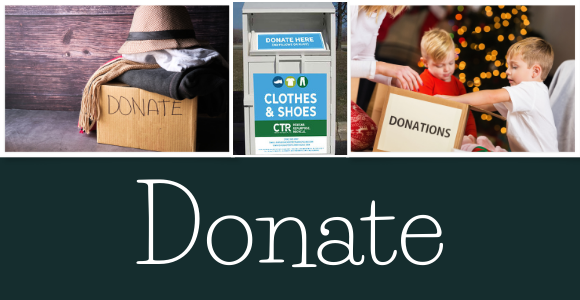
Another option for too many gifts or toys is to donate them. Here at Chicago Textile Recycling, we accept stuffed animals and most textiles – here is our list of acceptable items. Many thrift stores accept all toys (hard and soft) in good condition. They also accept kitchen items, furniture and much more. A different way to donate is through a local “Buy Nothing” Facebook group where one can post free items no longer needed. This option for decluttering can potentially help others out in your community as well. For a textile recycling bin or partner resale store in your area, please contact us.
Donate to Refuge
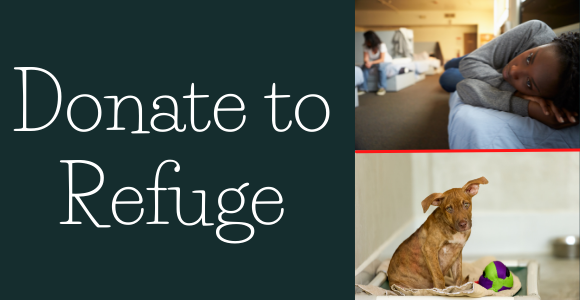
For a specific way to declutter and help those in need, you can reach out to a local homeless or women’s shelter or other place of refuge. With ongoing admissions at these places of refuge, they are typically always in need of items for their residents. Many popular necessities are clothing, bedding, toiletries, etc. Reach out to your local village hall or simply google places of refuge in your area to find out how to connect with nearby shelters.
Animal shelters are also at times in need of donations, such as blankets, towels and pillows for animal bedding. If these are items you have in excess, call local shelters to ask for needed donations.
Donate Blankets & Winter Wear to Homeless
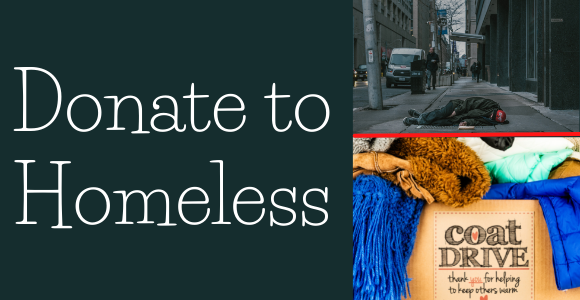
Last year we posted this blog about where to donate winter wear. Another great option for outgrown or excess winter wear and blankets or sleeping bags is to donate them to the homeless. Typically this can be done through shelters (as mentioned in the previous heading). Sometimes organizations also hold coat drives in the Fall and Winter to help homeless and families in need. As noted in the blog, the Chicago Bears typically hold an annual coat drive in conjunction with the Salvation Army. Though canceled for this year, Salvation Army continues to work to provide those in need with winter coats and offers opportunities for partners to hold coat drives to do the same.
Toys to Hospitals

Once your winter items are cleared out, toys can be the next category to tackle. If your home is similar to mine, it can constantly feel like toys are everywhere. Though we try to contain them in our playroom and the kids’ rooms, we find them spread throughout the kitchen, living room, bathroom and our bedroom on a daily basis. If toys are a large category you would like to downsize, one great place to reach out are local hospitals. For sick children stuck in hospital beds all day for unknown and ranging periods of time, toys can make their stay that much more tolerable. If you have toys in great condition that still work well, look into local hospitals to see what items they accept for donations.
Books to Schools & Libraries

Books are another great item that can be donated to a variety of places. Whether to a library or a school, books offer a way of learning, escape and imagination building to children and adults alike.
If you’re looking for some great organizations that accept book donations for charity and other causes, here is a great article sharing local Chicagoland places to donate.
Return or Exchange

Another option for unwanted gift items is to return or exchange them. If you were given a receipt for a holiday gift or if it still has a sales tag attached, you know exactly where to return the item. For those gifts without receipts or sales tags, you may need to gently ask the giver where he/she bought the item. Returns and exchanges give you the option of buying new items for others or more appropriate and needed items for yourself.
Sell

A last option for clearing out Holiday clutter is selling items you no longer need. There are many online opportunities to sell gifts or possessions, some of which are ebay, facebook marketplace and online resale sites, such as poshmark, mercari, etc. Simply uploading pictures and posting a short description opens opportunities to rid your home of excess.
Options Abound
With all of these options of what to do with excess and clutter, it is easy to clear out belongings you no longer need or want. Regardless of which option you choose, clearing away the clutter will have mental and emotional benefits in decreasing stress in your home. And reducing stress is always a good way to start the new year! For more information on Chicago Textile Recycling and donation locations, please contact us here.
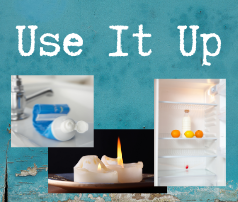

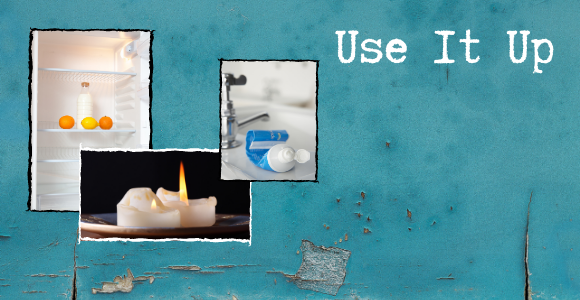
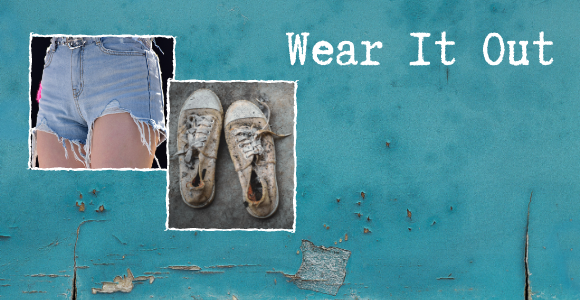
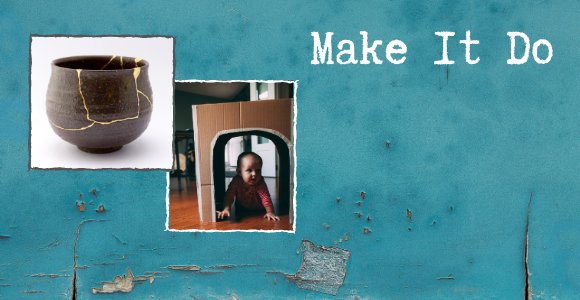
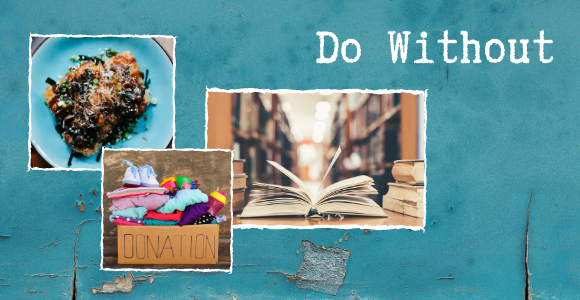



 Amongst those who took the survey, the room most likely to get deep cleaned was the bathroom: “46% reported that the bathroom was the room they most likely chose to ‘deep clean’.” As you clean the bathroom this Spring, remember to declutter as well. Check the drawers and closets in your bathroom to assess which towels and washcloths no longer get used or absorb as they should. Check also your beach towel stash for the summer ahead and recycle any beach towels that you no longer need or use. Lastly, If you are looking to give your bathroom an inexpensive makeover, also remember to recycle your cloth shower curtain. For information about recycling bins and partner stores nearest to you, please
Amongst those who took the survey, the room most likely to get deep cleaned was the bathroom: “46% reported that the bathroom was the room they most likely chose to ‘deep clean’.” As you clean the bathroom this Spring, remember to declutter as well. Check the drawers and closets in your bathroom to assess which towels and washcloths no longer get used or absorb as they should. Check also your beach towel stash for the summer ahead and recycle any beach towels that you no longer need or use. Lastly, If you are looking to give your bathroom an inexpensive makeover, also remember to recycle your cloth shower curtain. For information about recycling bins and partner stores nearest to you, please  The second most likely room to be deep cleaned (with 36%) according to the survey was the kitchen. This is usually comprised of pulling ovens and refrigerators out to sweep underneath or behind, deep cleaning the oven and fridge, sinks and stovetops, and mopping or scrubbing floors. As you complete these tedious but necessary tasks, look around at the textiles in this room also and see what needs to be recycled. Kitchen towels, non-vinyl tablecloths, table runners, cloth placemats and oven mitts at times will need an overhaul, and when they do, remember to recycle these items and do not throw them away.
The second most likely room to be deep cleaned (with 36%) according to the survey was the kitchen. This is usually comprised of pulling ovens and refrigerators out to sweep underneath or behind, deep cleaning the oven and fridge, sinks and stovetops, and mopping or scrubbing floors. As you complete these tedious but necessary tasks, look around at the textiles in this room also and see what needs to be recycled. Kitchen towels, non-vinyl tablecloths, table runners, cloth placemats and oven mitts at times will need an overhaul, and when they do, remember to recycle these items and do not throw them away. The next room most likely (10%) to be deep cleaned this spring is the living room. Although we do not accept pillows or rugs, we do accept pillow covers, sofa covers, drapes or curtains, and blankets that you may find in your living room. Even if it is tattered, stained or contains holes, please donate it so that we can best decide how to give it another life elsewhere. For where to donate your rugs, carpets or pillows, check out our previous blog about
The next room most likely (10%) to be deep cleaned this spring is the living room. Although we do not accept pillows or rugs, we do accept pillow covers, sofa covers, drapes or curtains, and blankets that you may find in your living room. Even if it is tattered, stained or contains holes, please donate it so that we can best decide how to give it another life elsewhere. For where to donate your rugs, carpets or pillows, check out our previous blog about  From those surveyed, seven percent answered they deep cleaned bedrooms as well during spring cleaning. Bedrooms are where the majority of textiles can be found in your home as bedding and clothes constitute the majority of what we own in textiles. As you move your bed aside to vacuum underneath and dust dressers and bookshelves, take the time to declutter as well in your spring cleaning and clean out your closets, dressers and excess bedding. No matter how you go about the process, it will feel good to go through and assess what you already own, what you may need, what no longer fits or is no longer in good shape to wear and recycle those items you’ve realized are not getting worn.
From those surveyed, seven percent answered they deep cleaned bedrooms as well during spring cleaning. Bedrooms are where the majority of textiles can be found in your home as bedding and clothes constitute the majority of what we own in textiles. As you move your bed aside to vacuum underneath and dust dressers and bookshelves, take the time to declutter as well in your spring cleaning and clean out your closets, dressers and excess bedding. No matter how you go about the process, it will feel good to go through and assess what you already own, what you may need, what no longer fits or is no longer in good shape to wear and recycle those items you’ve realized are not getting worn. One area of your home not mentioned by those who took the survey but equally important in cleaning out this season are your closets, such as linen closets, hall closets, and front closets. At Chicago Textile Recycling, we accept sheets, bedspreads, jackets, coats, scarves, hats, mittens, and quilts in addition to those items mentioned above such as handbags and backpacks. All of these items may be ones only found in extra closets around the house, so be sure to clean these out as well before making a trip to the donation bin or resale store.
One area of your home not mentioned by those who took the survey but equally important in cleaning out this season are your closets, such as linen closets, hall closets, and front closets. At Chicago Textile Recycling, we accept sheets, bedspreads, jackets, coats, scarves, hats, mittens, and quilts in addition to those items mentioned above such as handbags and backpacks. All of these items may be ones only found in extra closets around the house, so be sure to clean these out as well before making a trip to the donation bin or resale store. 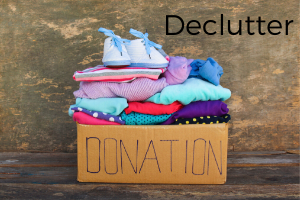 Twenty-two percent of survey respondents cited decluttering as their primary reason for spring cleaning each year. If you are a part of that 22%, or even if you aren’t, try decluttering as a part of your spring cleaning this year and see if living with less reduces anxiety and makes you feel better in the space where you live. “Women’s stress levels are directly proportional to the amount of stuff in their homes.” I have found this to be true in my home. I feel more relaxed when there are less piles on each tabletop and when things are put away in their proper place. According to the National Soap and Detergent Association, “getting rid of clutter eliminates 40% of housework in the average home.” Who wouldn’t want less housework?!
Twenty-two percent of survey respondents cited decluttering as their primary reason for spring cleaning each year. If you are a part of that 22%, or even if you aren’t, try decluttering as a part of your spring cleaning this year and see if living with less reduces anxiety and makes you feel better in the space where you live. “Women’s stress levels are directly proportional to the amount of stuff in their homes.” I have found this to be true in my home. I feel more relaxed when there are less piles on each tabletop and when things are put away in their proper place. According to the National Soap and Detergent Association, “getting rid of clutter eliminates 40% of housework in the average home.” Who wouldn’t want less housework?!